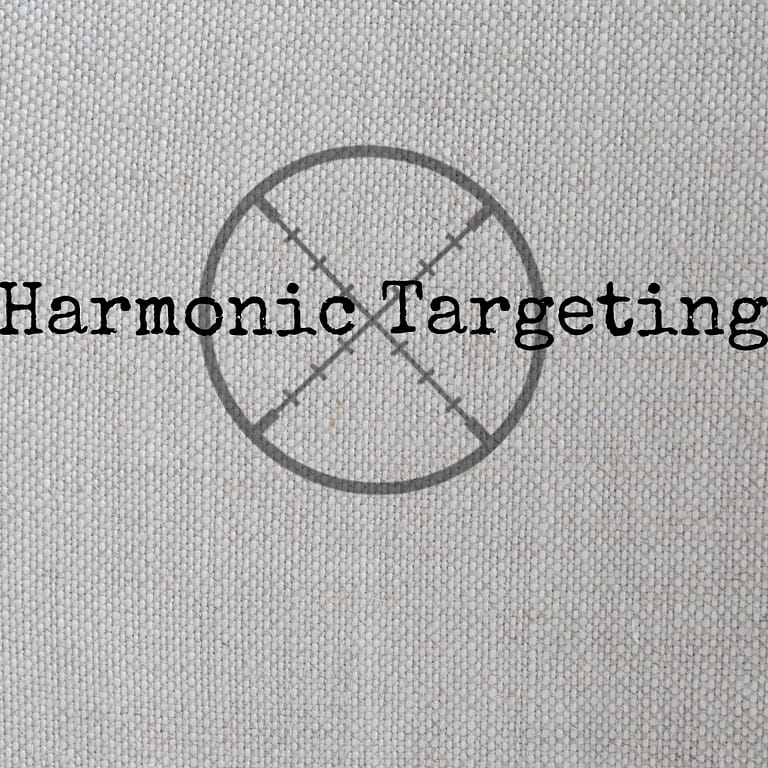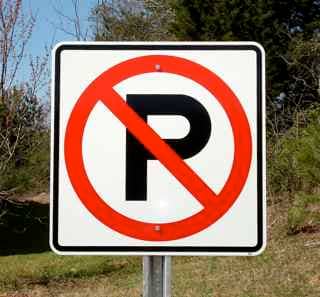Jazz Rhythm Solfege Part 1
Jazz Rhythm Solfege Part 1
I had a recommendation from a new friend, George Martin, on our Facebook wall to write a post on using solfege rhythm in jazz. I’ve used this with students (especially beginners) and it was something I was taught back in Middle School by my first teacher-Craig Swartz.
There are a few sources out there that talk about this in book form. The first that comes to mind is a book by Mike Longo called How to Sight Read Jazz and Other Syncopated Type Rhythms. If you’re interested in learning more on that topic, it’s a good read.
The Solfege
In this first part of the jazz rhythm solfege series let’s talk about the syllable/words that I like to use and why (with a few examples). The next part will be some more in-depth examples that I hope will help you and your students.
Rhythmic solfege helps give a musician a greater sense of rhythmic time, phrasing and articulation. The syllables/words below aren’t assigned to a specific pitch like it is in the standard solfege system (i.e. Do, Re, Mi, Fa, etc). Again, this is the way I like to use and present it. If you have a way that works for you and your students…great! Please feel free to comment and share! Below are the basic rules:
- Anything that lasts longer then a quarter note is assigned a Doo or Dah. The majority of students I come across can count and feel whole notes and half-notes quite well.
- In general (unless otherwise notated) any note that is off-beat or the last note before a rest it will use Daht.
- Quarter notes are assigned Du, Dah or Daht depending on the accent or phrase. If the quarter note is intended to be short (i.e. staccato), if it’s off-beat or if it’s the end of the phrase they will use Daht. This helps give the appropriate feel for jazz articulation.

- Single eighth notes use Du, Dah or Daht. If the eighth note is on the beat then it will use Du, if it is off the beat it will use Dah and if it is the end of the phrase it will use Daht.
-

- Triplets are quite simple because they will use the word: Tri-pi-let. The same word can be applied to any type of triplet whether it be a half-note triplet, quarter-note triplet or eighth-note triplet like the example below.

- Sometimes you will find triplets tied to an eighth in jazz. Mike Longo uses the term “Didulia” and I have found that works the best for that rhythm. If it’s the end of the phrase, I like to use Diduli-aht.

- Finally there are sixteenths. In jazz, some improvisers use “doodle tonguing” on sixteenth notes. Whether you articulate this way or not, it’s a great way to express it in a solfege type of way. The syllable will be doo duhl oodle or ending in Daht if it’s the end of the phrase.

Those are the general rules. Let’s take a look at a simple example below:

Next week we will take a few more examples and apply the jazz rhythm solfege principles to them. I hope this tip has added value and benefit to you and your students in some way. If you haven’t checked out my books or courses yet, I’d like to invite you to go to my online school.
Thank you for taking the time to read this blog/post!





Thanks Jason for the opportunity to meet Your approach to rhythmic solfege ! All that You offer here , can perform on melodica almost without changes (see my topic “Swingin’ on melodica”)
Thanks Nachum! I’ll check out your post on “Swingin’ on melodica” too. It’s great to read other perspectives and see if there is something that can be gleaned from their experiences.